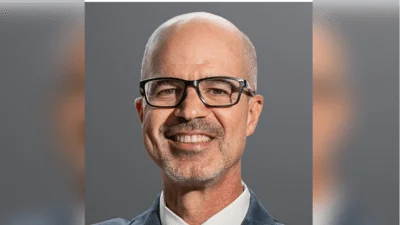The Biden-Harris Administration has announced a significant investment of $149.87 million for energy conservation and clean energy projects at federal facilities. This funding, part of the Investing in America agenda, is aimed at advancing net-zero emissions projects across 28 U.S. states and territories as well as six international locations. The initiative is supported by President Biden's Bipartisan Infrastructure Law.
U.S. Secretary of Energy Jennifer M. Granholm emphasized the importance of these upgrades, stating, "It is imperative that Federal facilities are able to operate in the face of increasingly intense extreme weather events." She added that the administration is leading by example through its support of energy resiliency and building efficiency measures.
The announcement marks the final installment of the $250 million Assisting Federal Facilities with Energy Conservation Technologies (AFFECT) grant program. This program aims to help achieve President Biden’s goal of net-zero greenhouse gas emissions from all federal buildings by 2045. The initiative will leverage nearly $1.6 billion in private capital and federal funds, equating to a total investment of $13.50 for every federal dollar spent.
U.S. Chief Sustainability Officer Andrew Mayock commented on the significance of this investment: “Today’s Bipartisan Infrastructure Law investment is another example of how the President’s Investing in America agenda is supporting U.S. manufacturing and climate action while saving taxpayers money and building healthier communities.”
Managed by DOE’s Federal Energy Management Program (FEMP), AFFECT projects will implement technologies such as battery energy storage systems, microgrids, building automation systems, solar photovoltaics, wind power, and geothermal solutions to enhance energy efficiency.
Among selected projects are initiatives like repurposing groundwater from abandoned mining caves for geothermal heating in Montana, expanding microgrid solutions at a DOE national laboratory in California, and reducing fossil fuel usage at a Coast Guard yard in Maryland.
Collectively, these 67 projects aim to reduce greenhouse gas emissions equivalent to removing 19,370 gas-powered vehicles annually and save taxpayers $41.7 million each year in energy and water costs.
More than $1 billion was requested by federal agencies for AFFECT funding—highlighting growing interest in clean energy initiatives—and applications doubled compared to Phase 1.
DOE continues preparing for future phases with more projects anticipated to further reduce emissions and enhance resilience while driving economic growth through job creation and innovation partnerships.
For additional information on AFFECT Phase 2 project selections or negotiations regarding awards or funding issuance visit their webpage.
Selection for award negotiations does not guarantee an award or funding; DOE may cancel negotiations if necessary.





